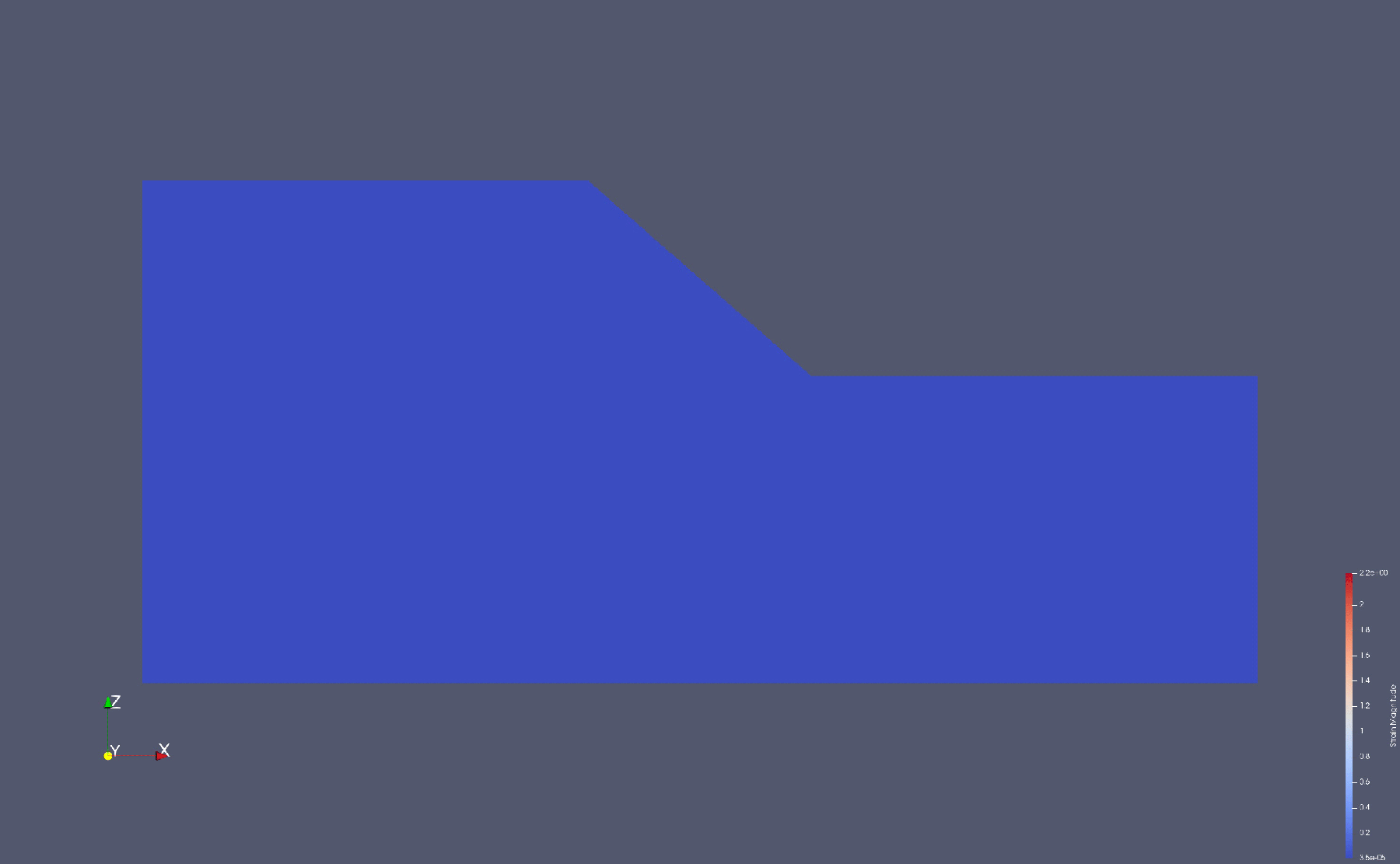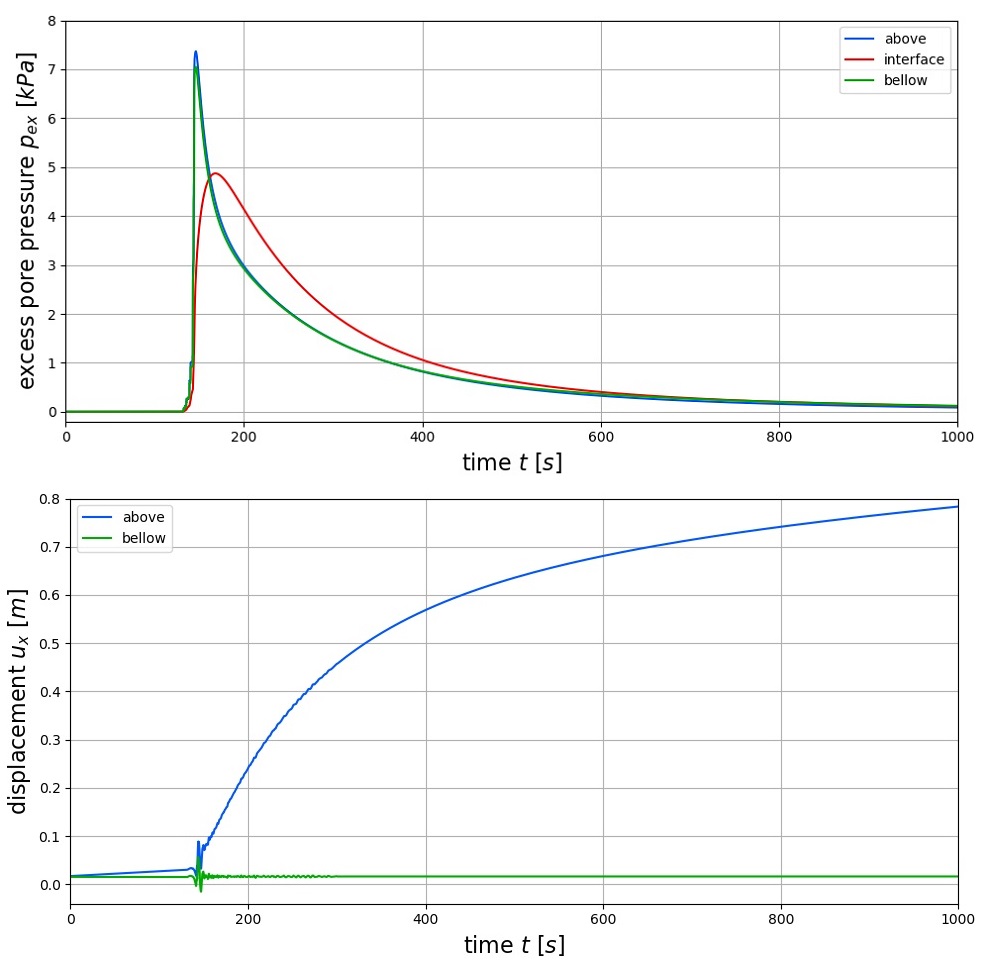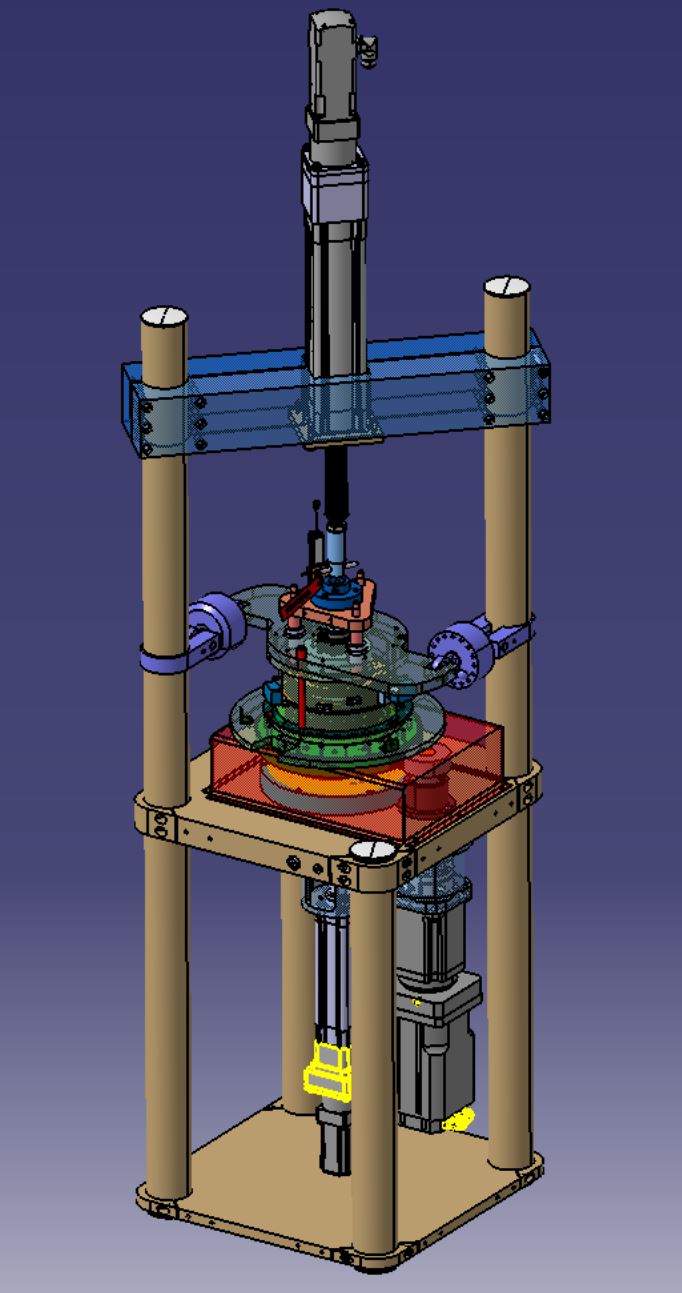Seismic behaviour of creeping landslides at the flanks of water reservoirs
2017 - 2022

The growing demand for space in mountainous areas due to expansion of infrastructure and housing leads to increased interaction between manmade structures and existing creeping slopes. A special class of problems caused by creeping landslides concerns artificial water reservoirs. Continuous existing movement of the reservoir flanks or reactivation of a dormant creeping landslide due to filling of the reservoir endangers both the reservoir operation and the downstream communities. Reducing the threat posed by the unstable reservoir flanks requires monitoring programs and extensive stabilization works. In order to design stabilization measures and early warning systems, an improved understanding of the landslide mechanics under normal and extreme conditions (heavy rain and earthquakes) is critical.
Existing significant uncertainties with respect to the analysis of landslide behaviour during earthquakes do not allow for reliable assessment of the probability of catastrophic acceleration of the landslide. Such a catastrophic collapse of the landslide into the reservoir lake could cause an impulse wave that can overflow the dam and endanger communities downstream.
The aim of this project is to identify and understand the major effects controlling the seismic behaviour of creeping landslides and hence a first step towards a reliable modelling and risk analysis will be made. The constitutive behaviour of the shear zone is crucial for landslides subjected to earthquakes and will determine whether a catastrophic failure is likely or not.


Rate effects along an existing slip surface are commonly investigated using ring shear tests for both slow and fast shearing rates. A new high speed undrained ring shear apparatus is currently been developed in the group that will allow for overcoming limitations of existing devices responsible for uncertainties in previous studies. This will allow carrying out a large experimental study on the behaviour of the slip surface using a wide range of shearing velocities and loading conditions.
Based on the results from the ring shear test, a constitutive model for the shear zone will be developed and incorporated in different numerical codes. In a first step, a fully coupled hydro-mechanical FE-code will be used to investigated the effects of excess pore pressure which can develop around the shear zone and significantly decrease the resistance of the shear zone itself. For modelling a landslide in 2D and 3D, the material point method will be applied in order to account for the large displacement at the shear zone.
Funding
Swiss Federal Office of Energy
Researcher
Dr. Marc Kohler
Contact
Head of Institute for Geotechnical Engineering
Institut für Geotechnik
Stefano-Franscini-Platz 5
8093
Zürich
Switzerland
